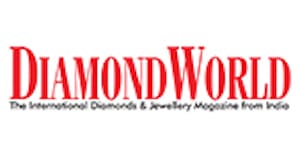Luxury changes in order to grow
Luxury companies, especially the small, more traditional ones, must review their strategies in order to grow and increase the number of customers in a context where store traffic is diminishing.

The Market is saying it and a study carried out for MFF by Antonio Achille at McKinsey, confirms it. The primary development driver must be defining the geographical portfolio. For the personal asset, luxury and fashion segment, about 50% of growth from here to 2025 (equal to 190 billion Euros of added turnover) will be generated in China and the USA.
In China growth will be driven by the new upper class that is now presenting itself on the market, while in the United States, it will be driven by the new millionaires. In this context, emerging markets will continue to gain shares, especially in the fashion segment, while Europe's contribution to this growth will be quite limited. The other fundamental driver to target is digital. The e-commerce channel is in constant growth reaching, in 2016, 8% of the total luxury goods market, equal to 20 billion Euros of turnover on a total of about 250 billion.
McKinsey's analyses demonstrate that this growth will rise from 8% to 20% in 2015, to a value of 74 billion Euros. In a context where offline purchasers are also increasingly more influenced by digital, and customer buying trails are becoming more and more multi-channel, ensuring coherence between the various points of contact will be fundamental. Another transformation to consider in the constantly evolving digital world is the mobile phone, which has now become the new desktop. 98% of luxury consumers own a Smartphone and, in 2018, the time spent of mobile devices will be 4 times greater than that spent on the desktop.
A trend that not only involves Millennials, but is transversal and valid for different generations. Lastly, another important trend is that digital is becoming more and more of a C2C economy in distribution too, so the consumer is not just a communication channel, but also a sales channel and “Brand Ambassador”. Companies must keep these important changes in mind and adjust their communication and business strategies accordingly.


































